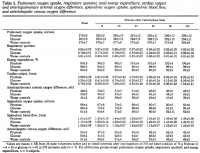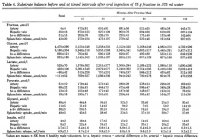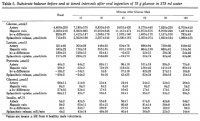Ahanu
Member
- Joined
- Sep 13, 2015
- Messages
- 432
I understand, 180 cm with 2300 kcal would leave me very hungry. Why do you think you gained weight with no Fat and why did you do it in the first place?Yes, and often I simply get too lazy to eat. The problem is that I can't really have big separated meals because of past issues with gastritis and reflux which have left me with a bit of a sensitive stomach.



